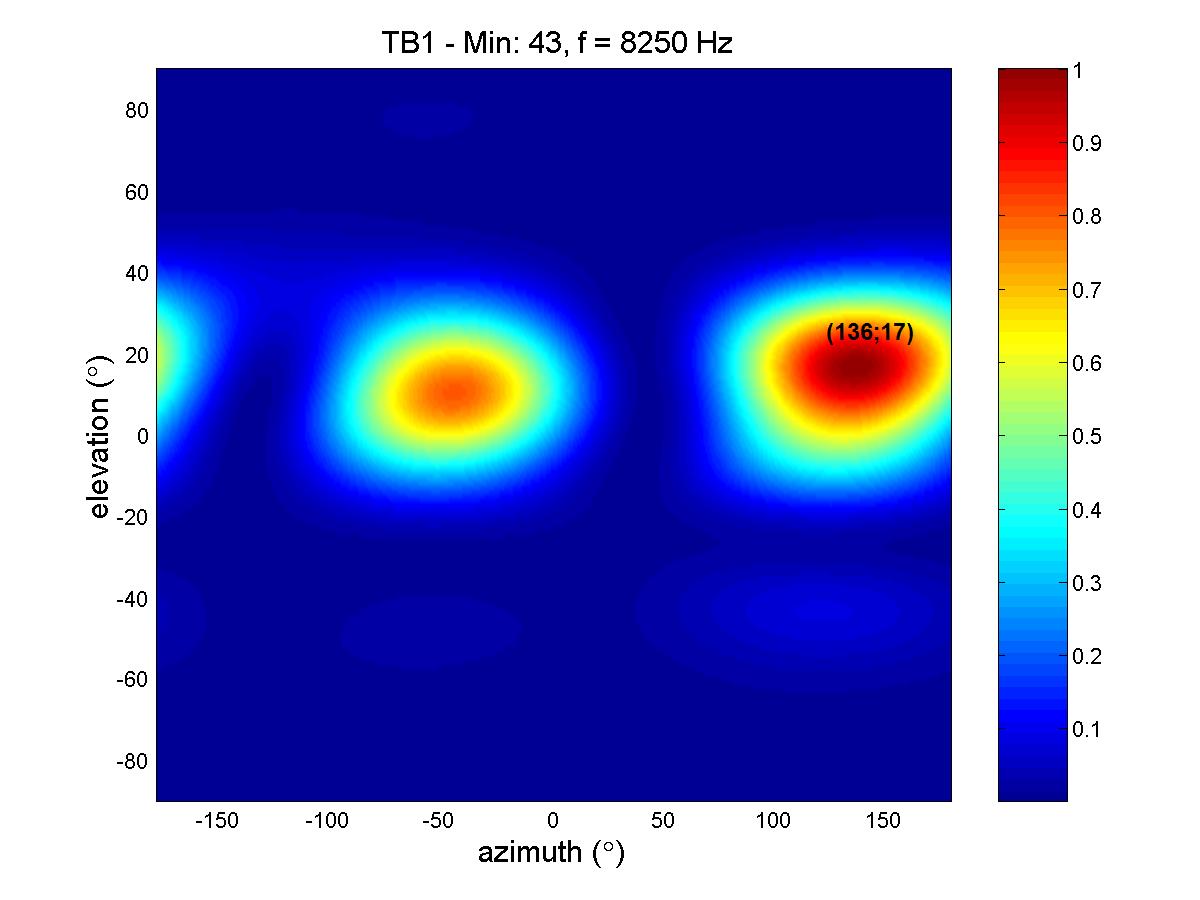|
You are not Logged in! Log in to check your messages. |

|
|
Check todays hot topics |
Web2Project Sign in
Project SENSOCEAN

Vector sensor system for ocean exploration (SENSOCEAN)
SENSOCEAN is a project aiming at developing an acoustic vector sensor array (VSA) for an underwater mobile platform (AUV) with application in acoustical exploration of the marine environment. Acoustic vector sensors measure both pressure and the three components of particle velocity. This project is funded by PTDC programme, with 197.445 Euro for 3 years. Starting date: January 1st, 2010. Partnership: CINTAL - Centro de Investigacao Tecnologica do Algarve. People involved: P. Felisberto (Coordinator), O. Rodríguez, P. Santos and S.M. Jesus (CINTAL).
Abstract:
SENSOCEAN is a project aiming at developing an acoustic vector sensor array (VSA) for an underwater
mobile platform (AUV) with application in acoustical exploration of the marine environment. Acoustic
vector sensors measure both pressure and the three components of particle velocity.
Vector sensors can be configured into an array of elements, VSA, providing substantially higher directivity
with a much smaller aperture than an array of traditional scalar hydrophones. Thus VSA becomes very
attractive to build compact system with high spatial resolution, that can be installed in underwater AUVs.
Although the system is intended to be an useful tool in a different type of situations where localized
measurements should by made to attain a finer characterization of the marine environment, in the
present proposal the focus is on applications related to the exploration of sea bottom, such as sonar
imaging of bottom structures, archaeological imaging or the characterization of the sea-bottom and
sub-bottom linked with the development of power plants of wind or wave energy in the near shore
shallow waters. For example when considering the power plants development, notwithstanding the
fact that bottom characterization of the area of implantation of such a plant should be available for
the developer/engineering team in an early phase of the project, presumably obtained by conventional
in-situ measurements (cores), more detailed, in sense of more localized, should be necessary for example,
when projecting the moorings of the equipments or the power lines to shore. For this propose a light
survey system based on a mobile underwater platform seems to be the more appropriate. The goal of
this proposal is to develop such a system, with the contribution of two complementary research teams:
CINTAL/University of Algarve team with know-how in the development of light underwater acoustic systems
and respective data processing and ISR/IST team with know-how in AUV systems development and operation.
In order to achieve reliable bottom and sub-bottom information with a small aperture small length array,
thus easy to be installed in a light AUV, an array of vector sensors based on the latest
micro-electro-mechanical-systems (MEMS) technology and high frequency signals (says few kHz) will be
considered for the acquisition system. Vector sensors are long time used in underwater acoustic
surveillance systems, but only from the middle of 90-tees last century the interest in vector sensor array
raised exponentially, maybe influenced by electromagnetic vector sensors applications and developments
in sensor technology that allowed to build compact arrays for acoustic applications in the air.
At the moment there are no commercially available MEMS vector sensor devices specific for underwater
applications. In this project some effort should be made in order to adapt existing MEMS devices to the
underwater environment. Also the most adequate way to install the VSA in the AUV (hull mounted, towed )
should be investigate in this project. This a topic related to AUV manoeuvring, optimization of the spatial
discrimination of the array, but also linked with vibration isolation that could be much more important with
VSA then, when hydrophone array are used. In underwater acoustics, the main stream of VSA research is
focused on surveillance systems. Most of the work published until nowadays are theoretical developments,
with very few works presenting results with real data. To the best of our knowledge only few works were
published in the field of environmental monitoring in the marine environment using a VSA. Some of these
works are from CINTAL/University of Algarve team that were able to use a VSA during a sea trial, in collaboration
with various international teams, that took place in Hawaii (Makai experiment) in 2005. The results obtained
from the 4-element, 40cm long VSA data using probe signals around 10 KHz showed that VSA allows to
characterize the sea-bottom proprieties, that was impossible to attain using only the pressure sensors
(conventional hydrophones). In the framework of this project it is proposed to improve the signal processing
methods successfully applied on the Makai 005 dataset and investigate new methods specially tailored for
the VSA. Also in the area of new methods, efforts will be made in order to develop a suitable modelling tool,
a must not only to understand the influence of the channel parameters in the particle velocity field sampled
by the VSA, but also when matched field techniques are used to estimate the environmental parameters.
In order to validate the models and test the system in operational conditions two sea trails are planned
during the project: a first engineering test to occur in the 3rd semester and a final test of the overall system
to occur in the 5th semester.

